Ba Mountain (also known as Elephant Mountain).
We already know the recent legends. Because they have been recorded in the ancient history books about Ba Den Mountain. Such as in the book "Old Tay Ninh Field Trip" by Huynh Minh, or in the book "Historical - Cultural Relics, Scenic Spots of Tay Ninh Province" by the Department of Culture, Sports and Tourism.
These are the stories of Nang Denh or the story of Ly Thi Thien Huong - who was canonized as Linh Son Thanh Mau by the Nguyen Dynasty. Some documents say that she (Linh Son Thanh Mau) was canonized during the reign of King Gia Long. During the 10th year of King Bao Dai (1935), she was canonized again. The first canonization (if any) no longer exists.
But according to the 1935 royal decree, she was appointed as “Duc Bao Trung Hung Long Phu Chi Than”. And even this royal decree no longer exists, as it was lost or burned during the French army’s attack on the mountain in 1946.
The legends just mentioned are just stories about characters associated with legends that have been passed down. The historical context of the story is quite recent, about 200-300 years ago. For example, the legend of Mrs. Ly Thi Thien Huong was during the war between the Tay Son army and Lord Nguyen Anh at the end of the 19th century. That is because the story has the character Le Si Triet, in the army of Vo Tanh, a general under Nguyen Anh... In short, the legends existed after the mountains were created.
There is another legend about Ba Mountain, less known than the others, that explains the appearance of Ba Mountain since the beginning of time. Of course, this is why these legends have a more ancient origin. These stories are often associated with the names of Ba Mountain, which have appeared in history.
These are places like Voi Mountain, Dien Ba Mountain, Dat Mountain or Heo Mountain, Ga Mountain or Phung Mountain. And related to Ba Mountain are also related places like Ba Ra Mountain in Binh Phuoc, or Tha La Mountain, Cau Mountain in Binh Duong.
32 years ago, in 1991, after the Dau Tieng Lake irrigation project was completed and put into use, providing irrigation and domestic water for Tay Ninh and neighboring provinces and cities; Dau Tieng Irrigation Exploitation and Management Joint Enterprise cooperated with Labor Publishing House to publish a small book: "Dau Tieng Lake". The two authors Nguyen Minh Sang and Phan Khanh also collected folk legends related to Ba Mountain.
According to it: “in ancient times, the god of Tha La mountain (now Cau mountain) and the god of Ba Den mountain had a competition, so much so that the ground cracked, forming the Saigon river. They made a pact that in just one night, the two of them on either side, whoever created the highest mountain would become “superior”.
The Tha La mountain god feared that Ba mountain was higher, so he secretly sent the Rooster god to dig up the mountain so that it would collapse by dawn to win the battle. The Black Lady god, who was a fairy and holy mother, was also very wise. He sent the Pig god to find a way to destroy his opponent's mountain.
Even with its magical powers, a pair of chicken feet could only dig up a corner of the foot of Ba Mountain. The lump of earth was just a small hill next to the massive granite block. That hill can still be seen by tourists today, and is called Phung Mountain.
It can be compared to a chicken picking rice on the straw pile of Ba Mountain. As for the pig god, after one night of action, Cau Mountain collapsed like a giant, long row of potatoes. Tha La god lost, gritted his teeth, stomped his feet in anger, and sank into the sandstones. To this day, some people can still count more than 5 of those mythical giant footprints...".
I wonder if the above mentioned Tha La mountain god is related to the giant who left footprints on Ba Den mountain? That is the giant who once stood, with one foot on Ba mountain, the other on Cau mountain, threw a stone at a crow, and the stone got stuck on a tree in Trai Bi (now in Tan Bien) weighing about 1 ton. Huynh Minh also said in the book "Old Tay Ninh", that in 1972 when he came to Tay Ninh, he still saw that stone on the fork of a tree about "3 people hugging without armor".
Let us not discuss the truth of the story. But the fact is that a miracle occurred in Tay Ninh in the 80s of the 20th century. This miracle was not created by the gods, but by the people of Tay Ninh.
That is Dau Tieng Lake - the largest irrigation lake in the South with a capacity of more than 1.5 billion m3 of water, spread out over an area of 270km2 of the land that used to be the famous Duong Minh Chau war zone in the two resistance wars against France and America.
The legend of Ba Mountain and Cau Mountain mentioned above shows the origin of the names of Ba Den Mountain. They are Phung Mountain, 419m high, in the North and Heo Mountain, 341m high, in the West. Phung, the name of a legendary bird of the fairyland, may have had its first name as Ga Mountain. Later, because of the sacredness of the mountain as well as the legends of Linh Son Thanh Mau, believers changed it to Phung Mountain.
In January 2022, Ho Chi Minh City General Publishing House published the book “Cochinchina and the Residents of the Eastern Provinces” (translated by Huynh Ngoc Linh). The author of the book is JC Baurac - a first-class colonial doctor. He spent many years conducting epidemiological surveys throughout the provinces of Cochinchina in the late 19th century.
The book was first published in 1899. Chapter VII of the book is about Tay Ninh district, in which there is a legend about Ba mountain, which was "told in the village by the wisest and most solemn people of the district".
Accordingly, the story happened when the Cambodian people still had a matriarchal system, women were forced to ask men to marry them. A young girl named Me-Den decided to rise up to end that custom.
She asked the most handsome man to fight her by building a mountain of sand. After one night, whoever finished the mountain first would have to propose marriage. The new custom would be recognized by the community as a result of this fight.
The young man, confident in himself, looked down on the small and weak girl. So, he started drinking and “spent most of the night singing erotic songs”. Meanwhile, Mé-Đèn worked hard all night. When dawn broke, a lantern was seen burning on the top of the high mountain.
The lamp also served as an announcement to the community that Me-Đen was the winner. At that time, the young man: “vented his anger on the baskets that were brought to carry out the project and threw them violently in all directions.
Those handfuls of earth became small mountains; today you can still see them spread out far away towards Cai Cung wharf... The mountain built by Me-Den became the majestic peak that we have mentioned and the Annamese people still keep its name: Ba Den mountain".
The legend that JC Baurac copied from the end of the 19th century has a more complete explanation of the old names of Ba Mountain. That is because the young man used all means to stop his opponent. At first, he sent a tall white elephant to destroy.
But Ba Den, with the help of heaven, transformed the elephant into a gray rock mountain that later people called Elephant Mountain or Elephant Mountain. The young man borrowed the forest god's "two thousand pigs... the pigs also immediately turned to stone" and turned into Heo Mountain.
The last time was to use a flock of thousands of chickens to peck and level the mountain. The chickens also suffered the same fate as the elephants and pigs, turning into mounds that made up today's Chicken Mountain, or Phung Mountain.
Tran Vu
Source link


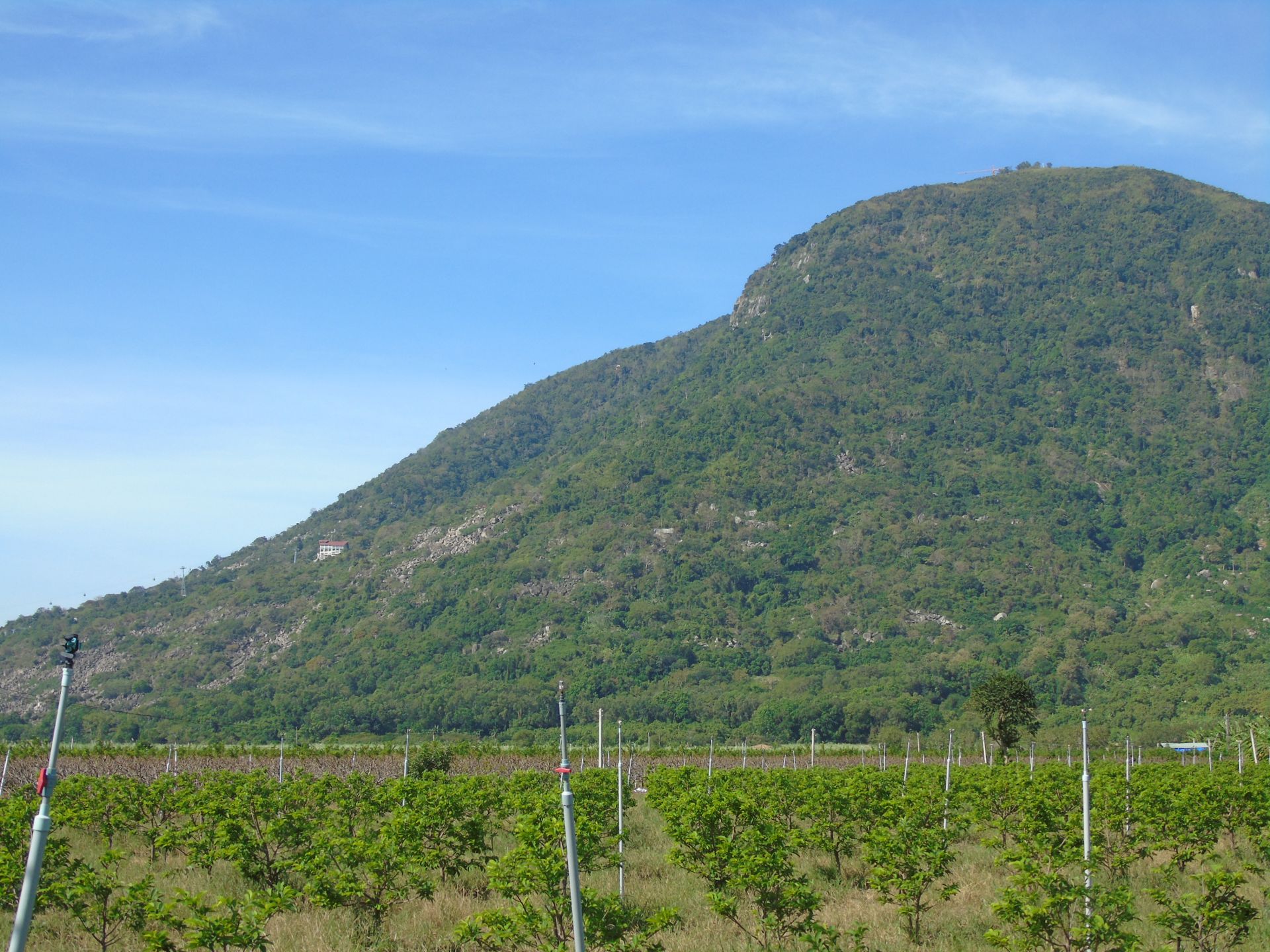
![[Photo] Ho Chi Minh City residents "stay up all night" waiting for the April 30th celebration](https://vstatic.vietnam.vn/vietnam/resource/IMAGE/2025/4/30/560e44ae9dad47669cbc4415766deccf)
![[Photo] Ho Chi Minh City: People are willing to stay up all night to watch the parade](https://vstatic.vietnam.vn/vietnam/resource/IMAGE/2025/4/29/cf71fdfd4d814022ac35377a7f34dfd1)
![[Photo] Hanoi is brightly decorated to celebrate the 50th anniversary of National Reunification Day](https://vstatic.vietnam.vn/vietnam/resource/IMAGE/2025/4/29/ad75eff9e4e14ac2af4e6636843a6b53)

![[Photo] General Secretary attends special art program "Spring of Unification"](https://vstatic.vietnam.vn/vietnam/resource/IMAGE/2025/4/29/e90c8902ae5c4958b79e26b20700a980)
![[Photo] Nghe An: Bustling atmosphere celebrating the 50th anniversary of Southern Liberation and National Reunification Day](https://vstatic.vietnam.vn/vietnam/resource/IMAGE/2025/4/29/64f2981da7bb4b0eb1940aa64034e6a7)





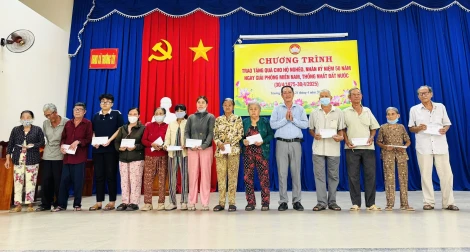




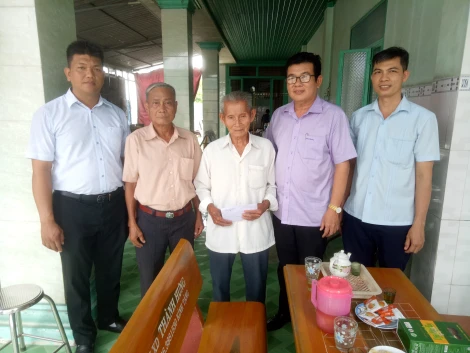
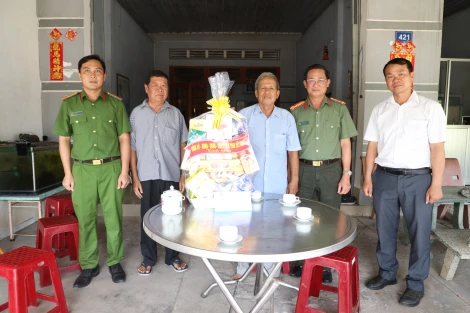



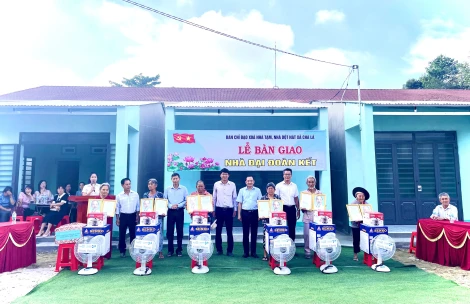
![[Photo] Prime Minister Pham Minh Chinh meets to prepare for negotiations with the United States](https://vstatic.vietnam.vn/vietnam/resource/IMAGE/2025/4/29/76e3106b9a114f37a2905bc41df55f48)


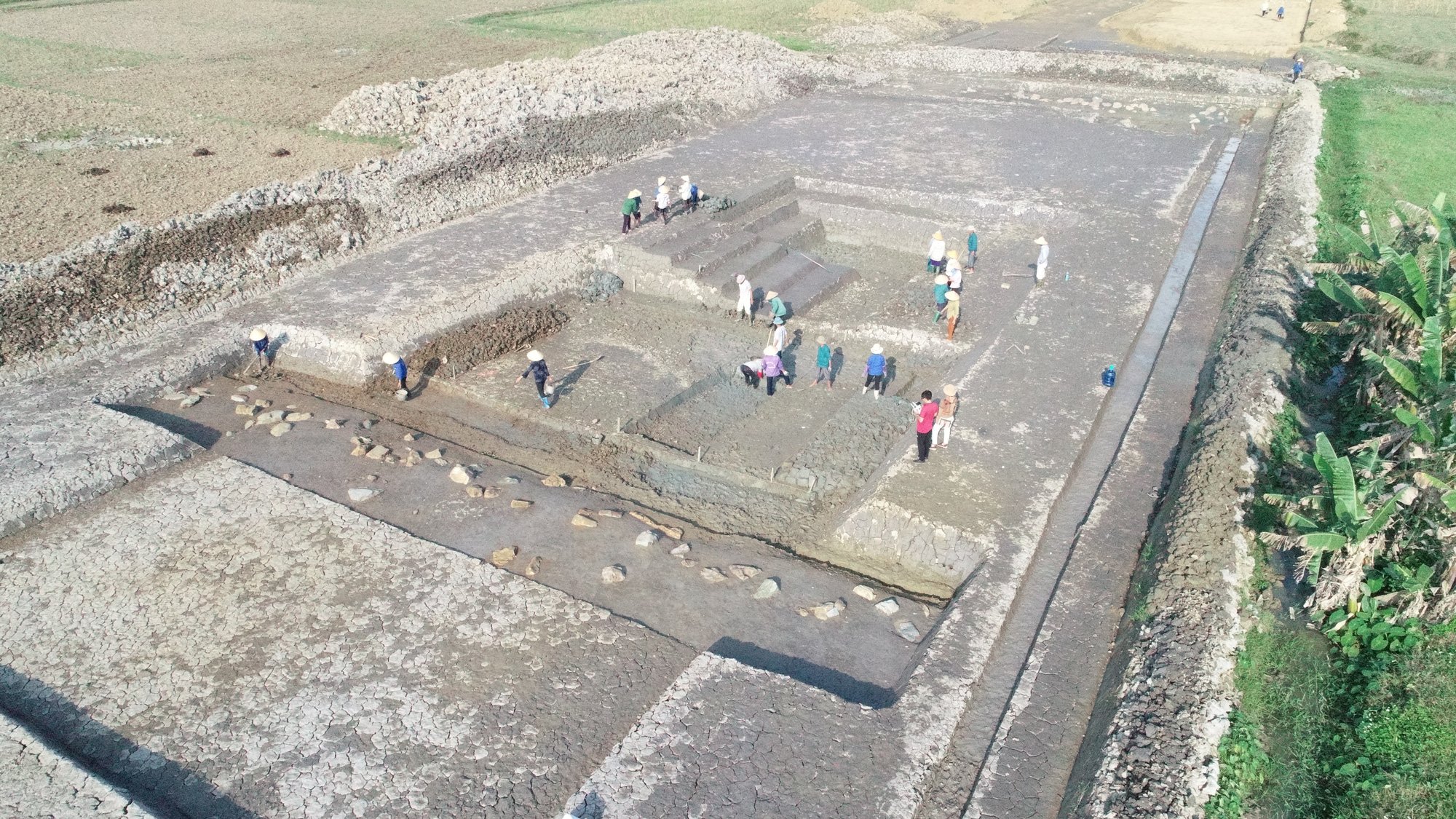

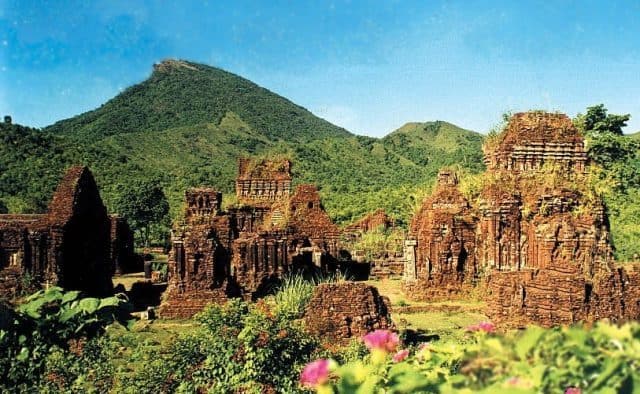
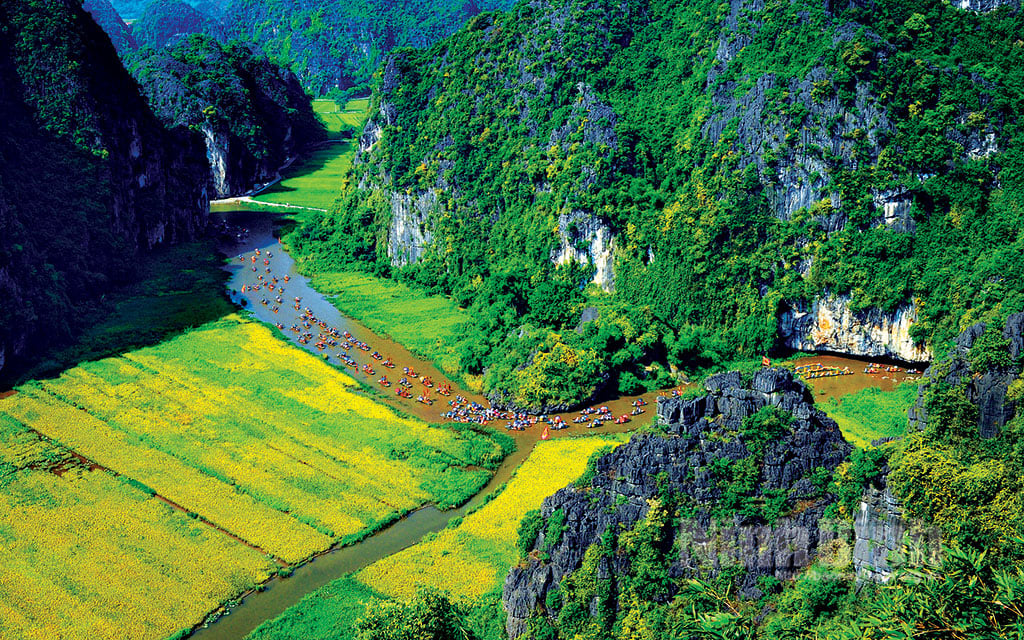

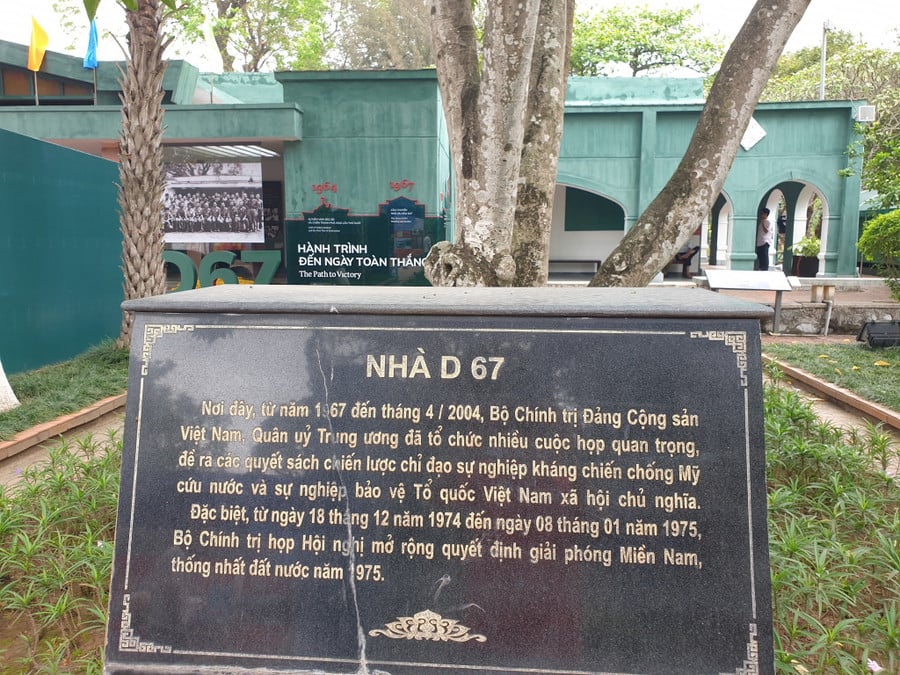

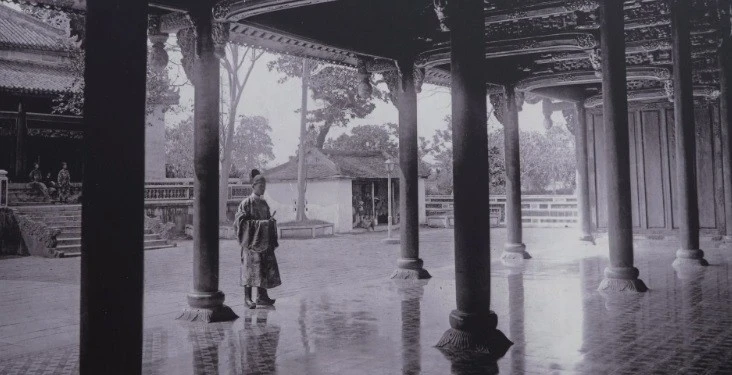
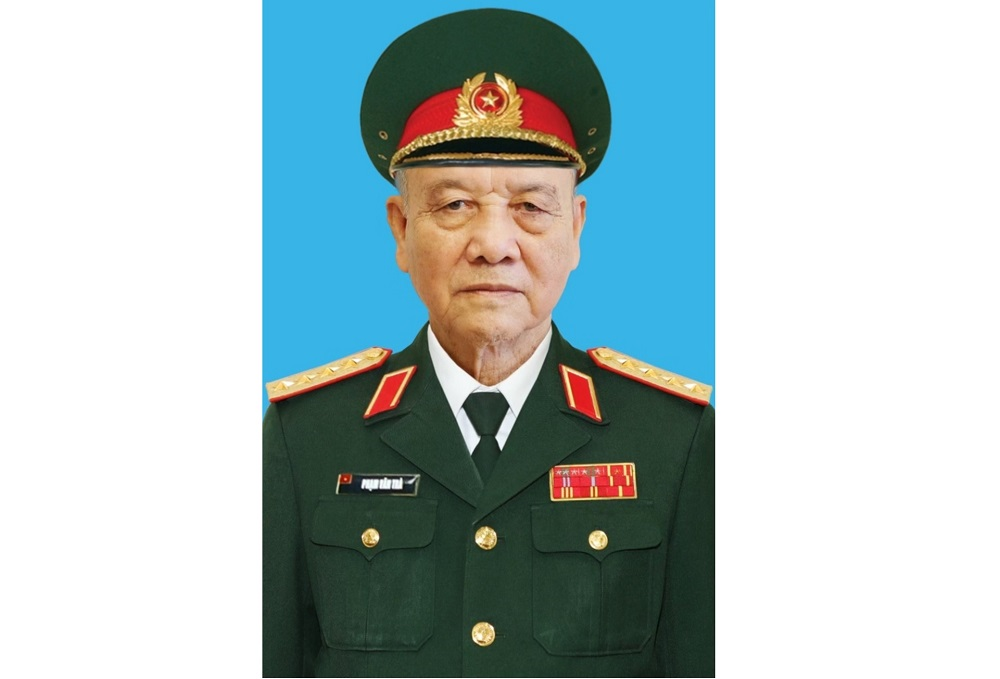





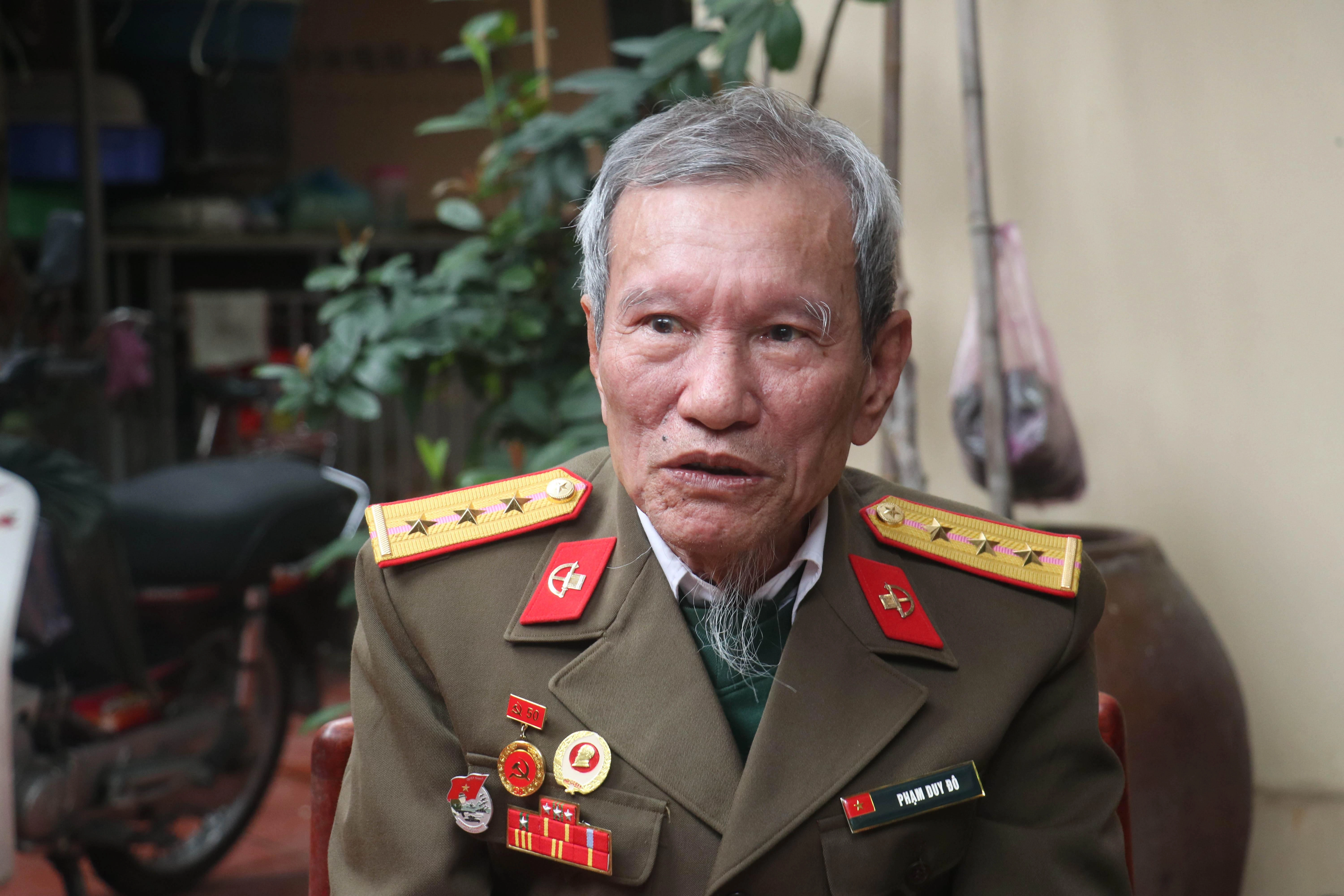

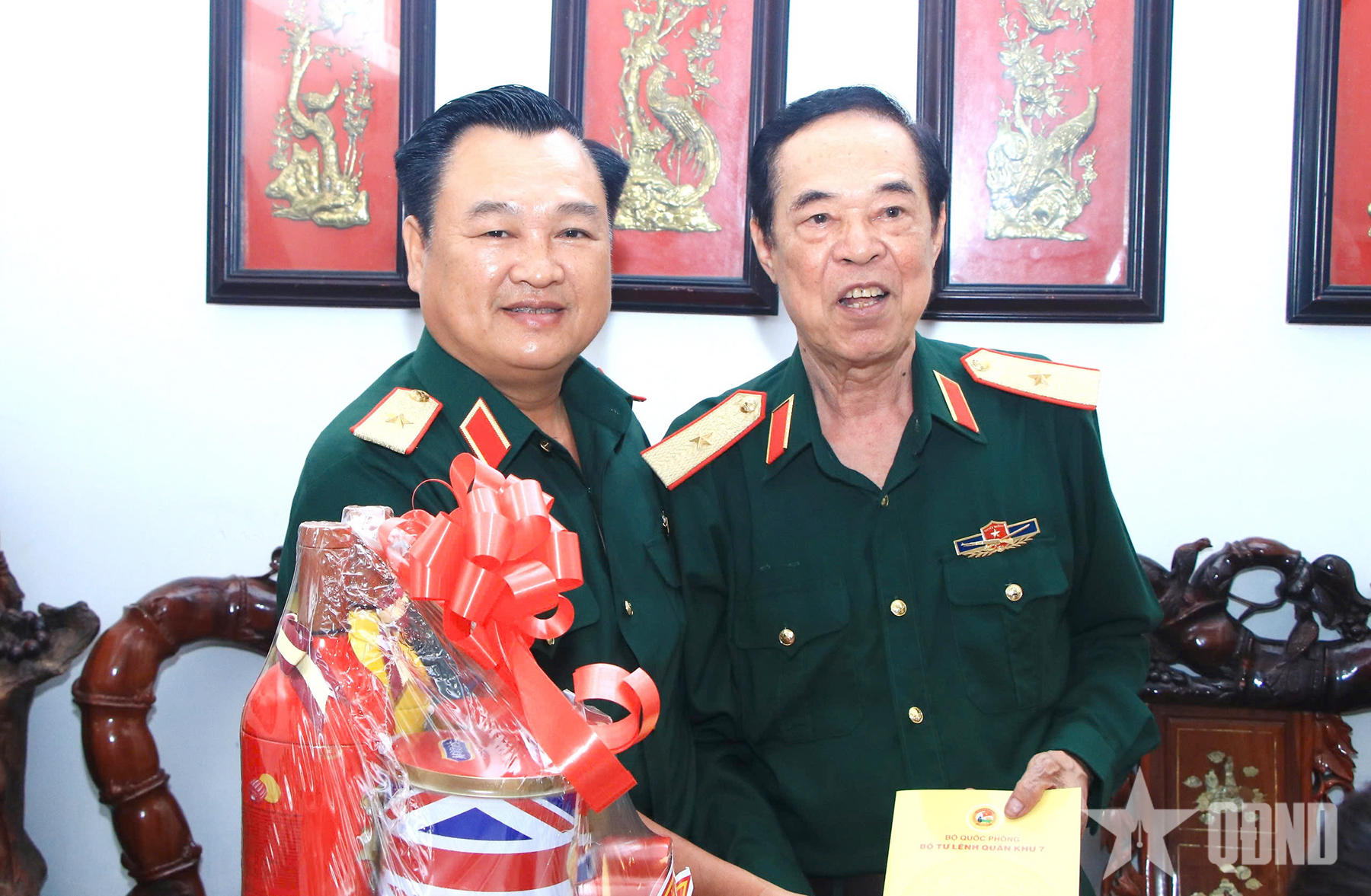








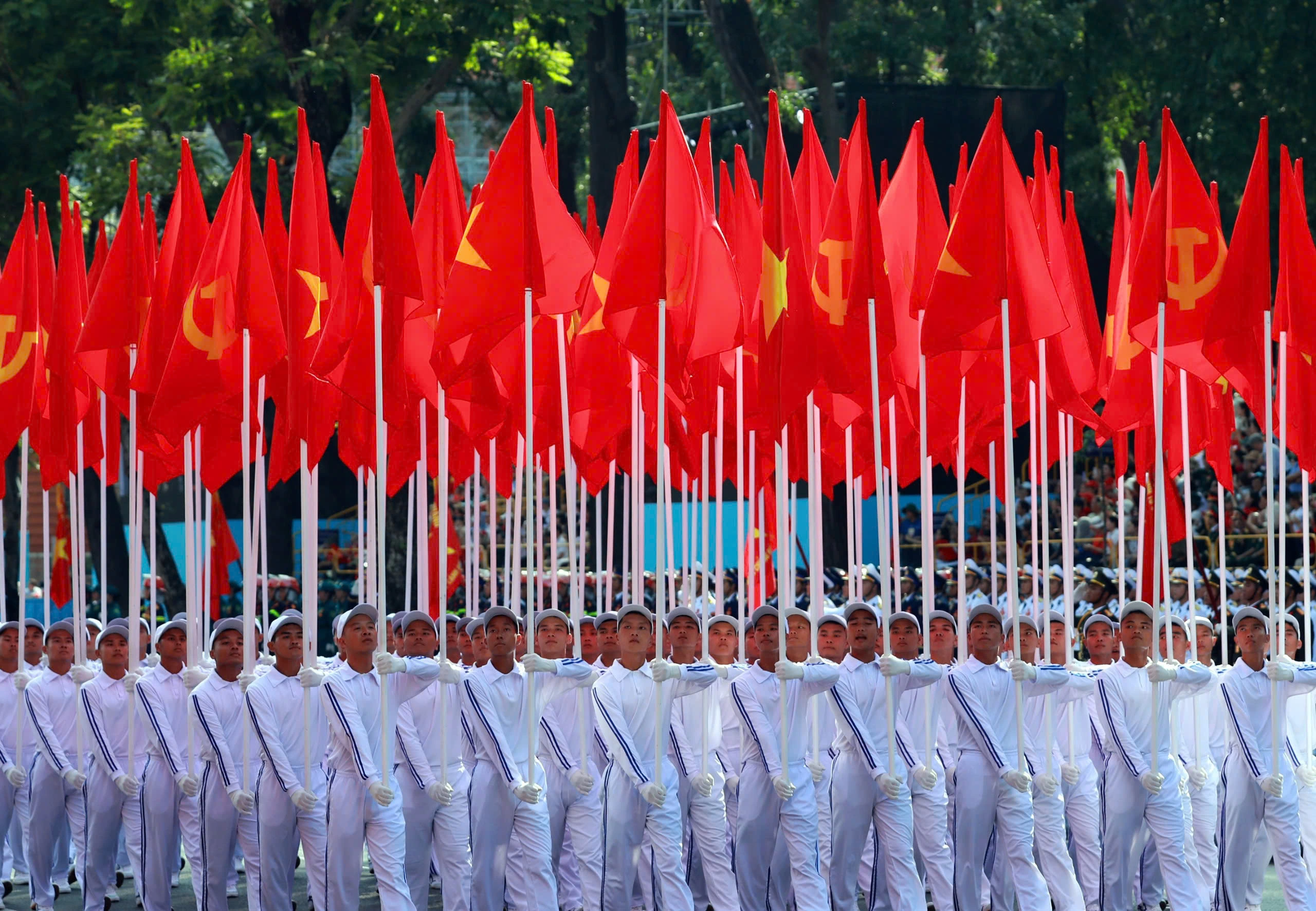












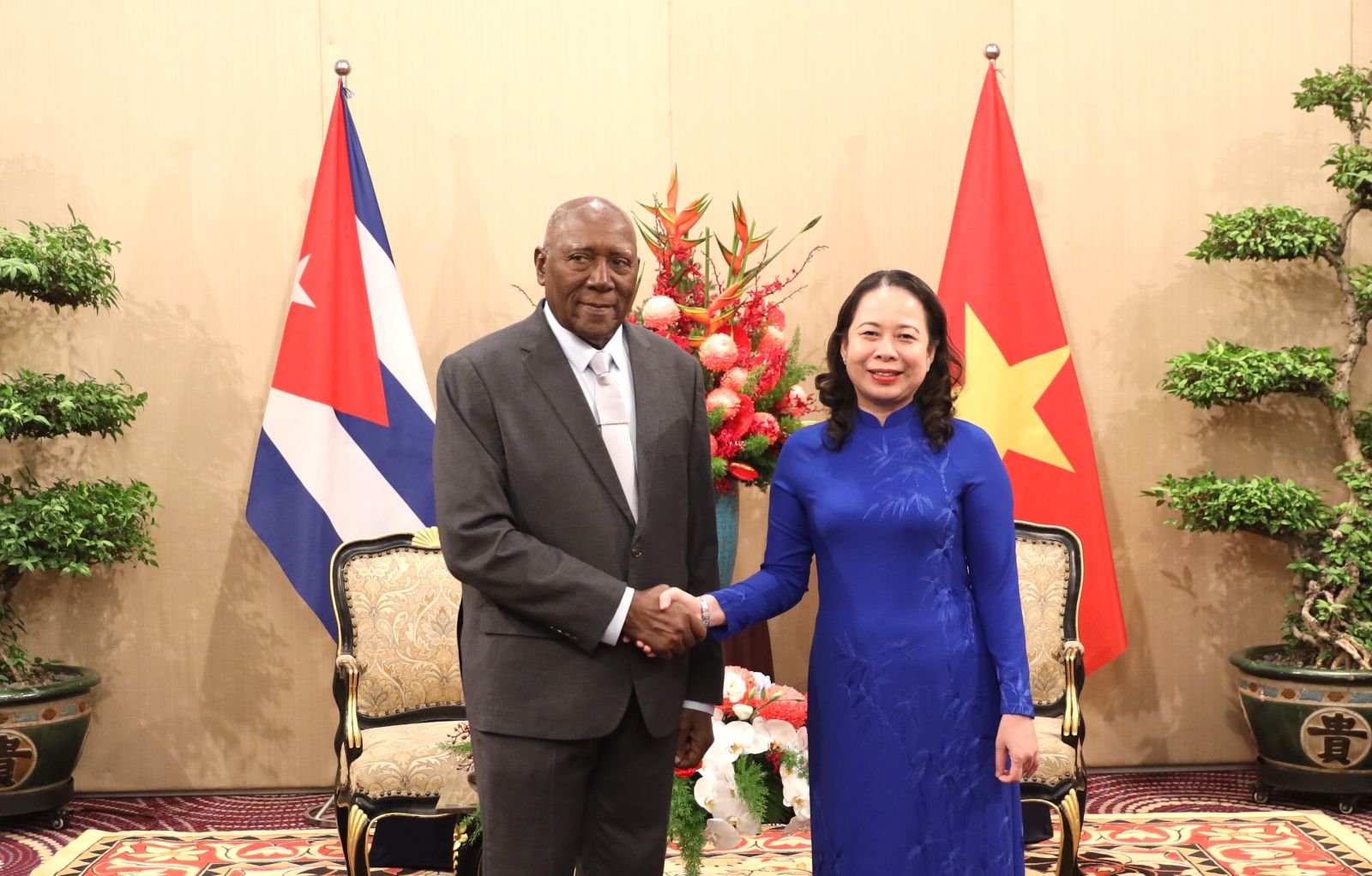



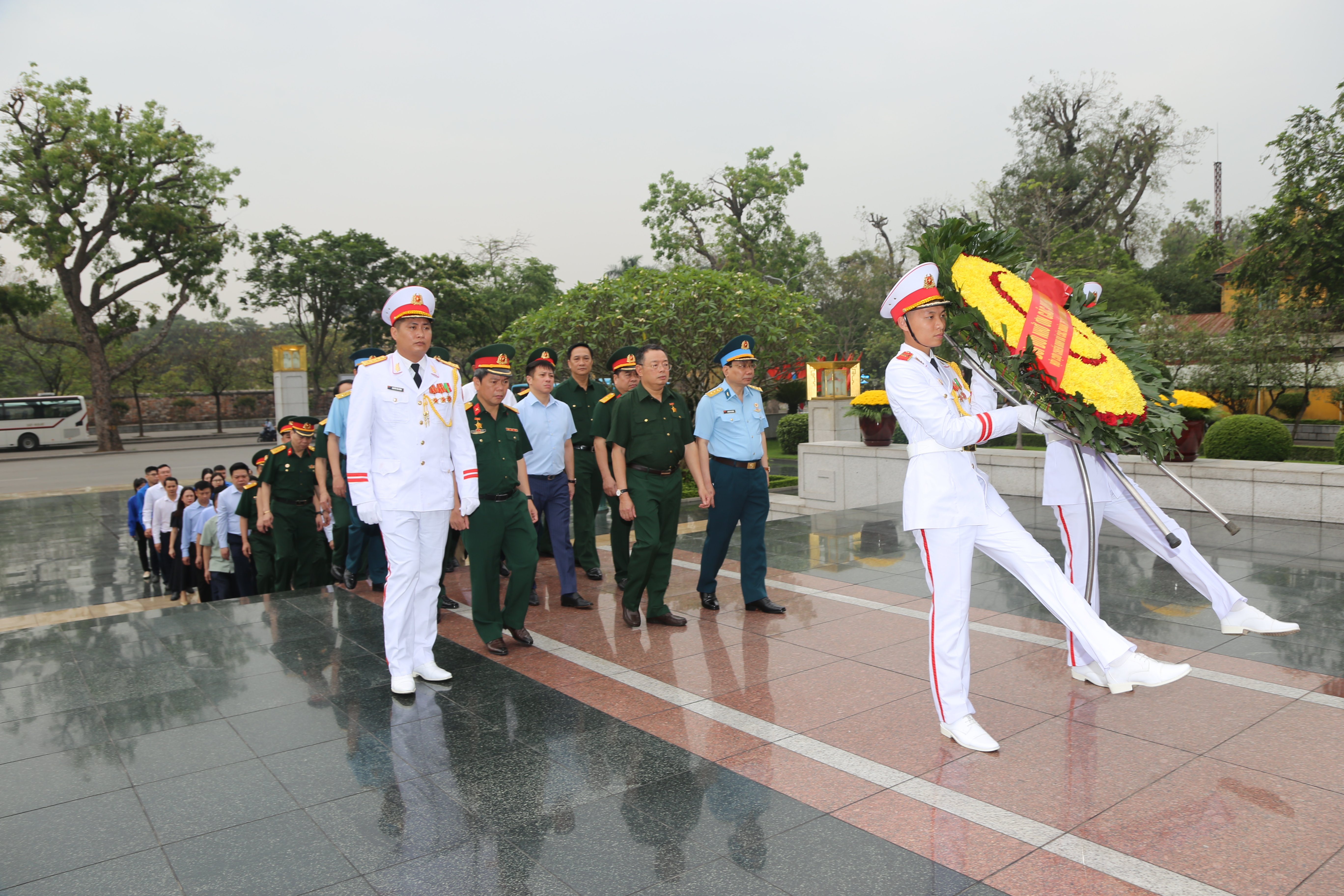

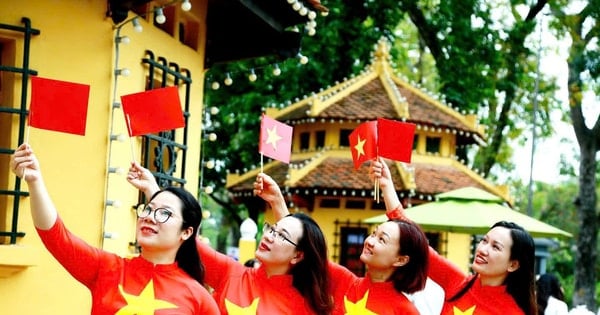

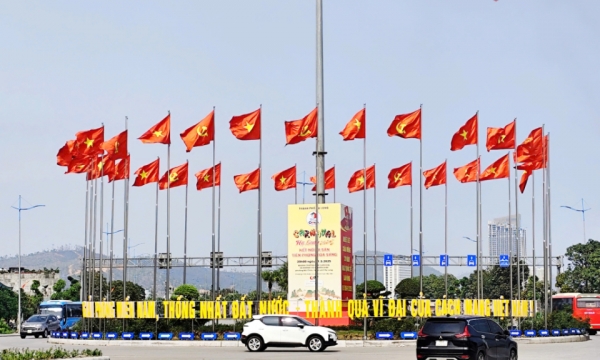




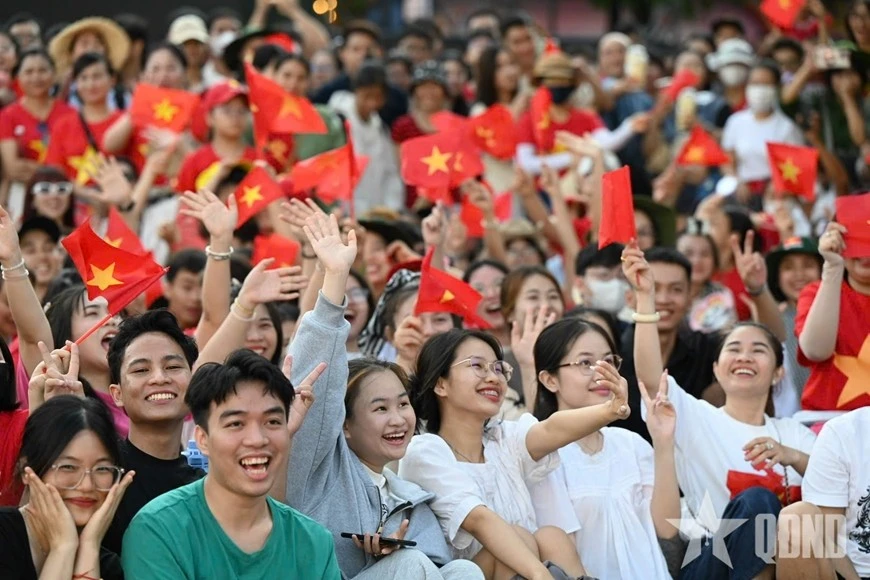
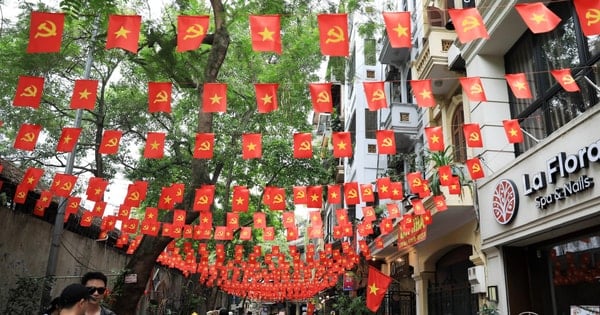





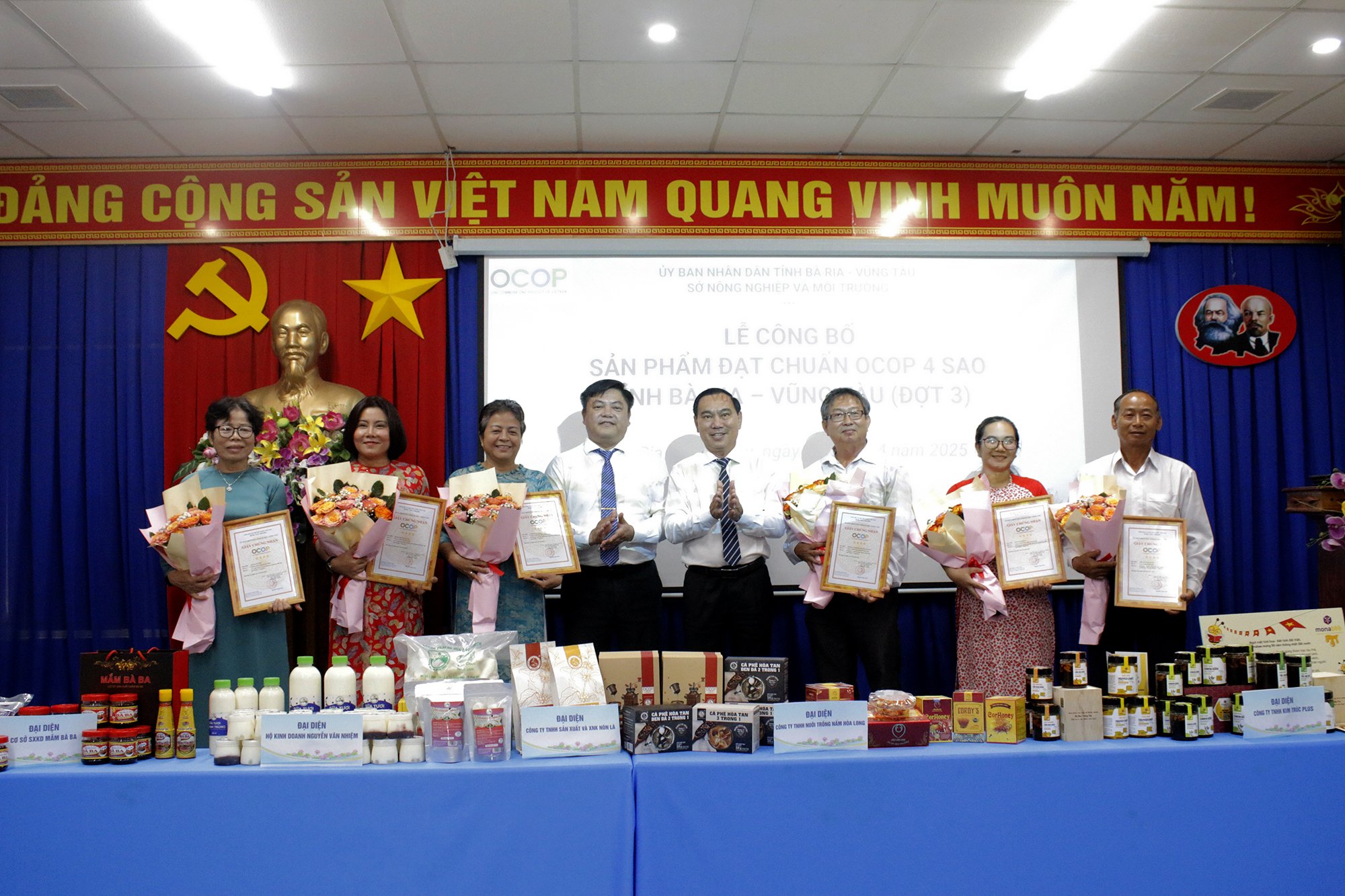



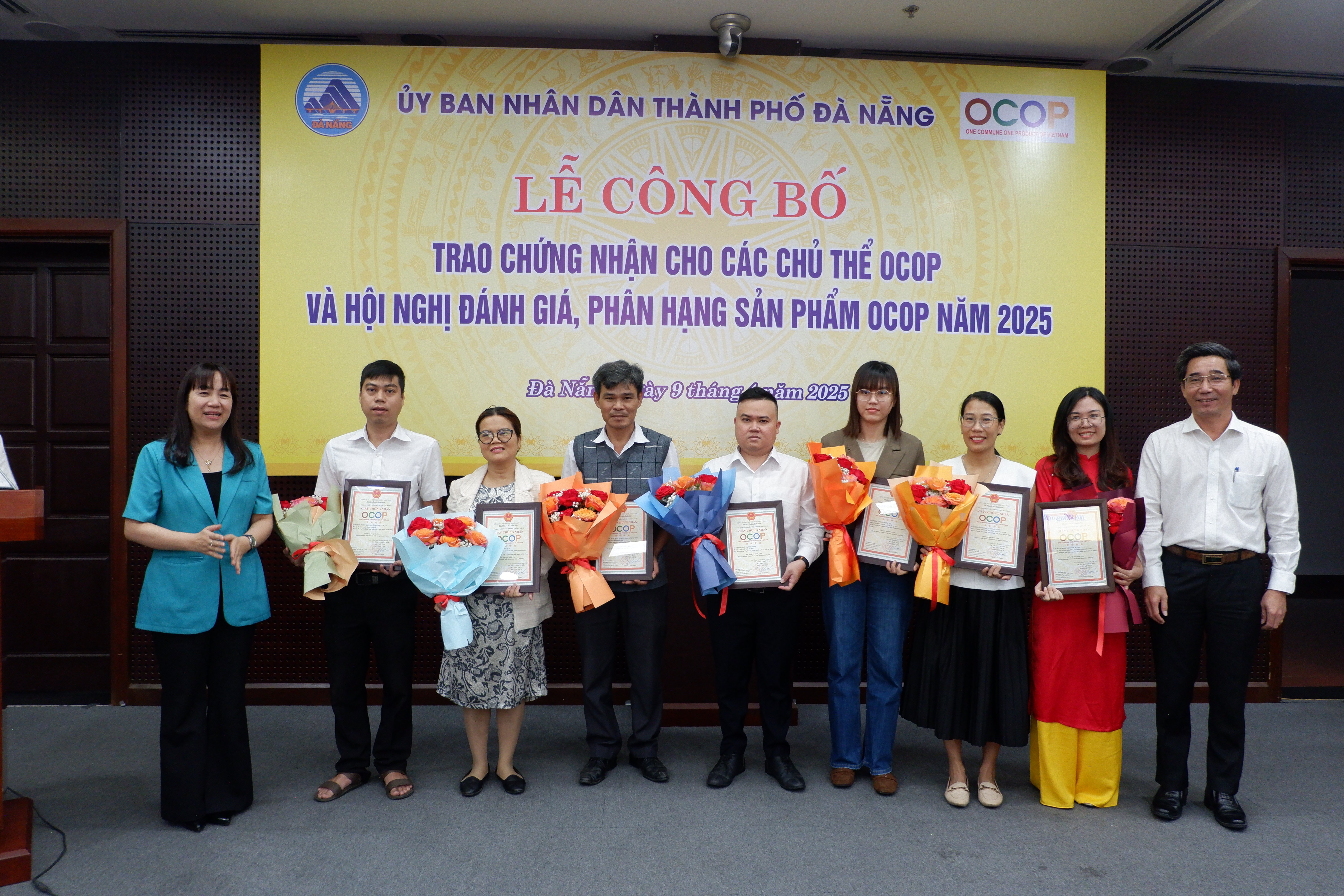

Comment (0)